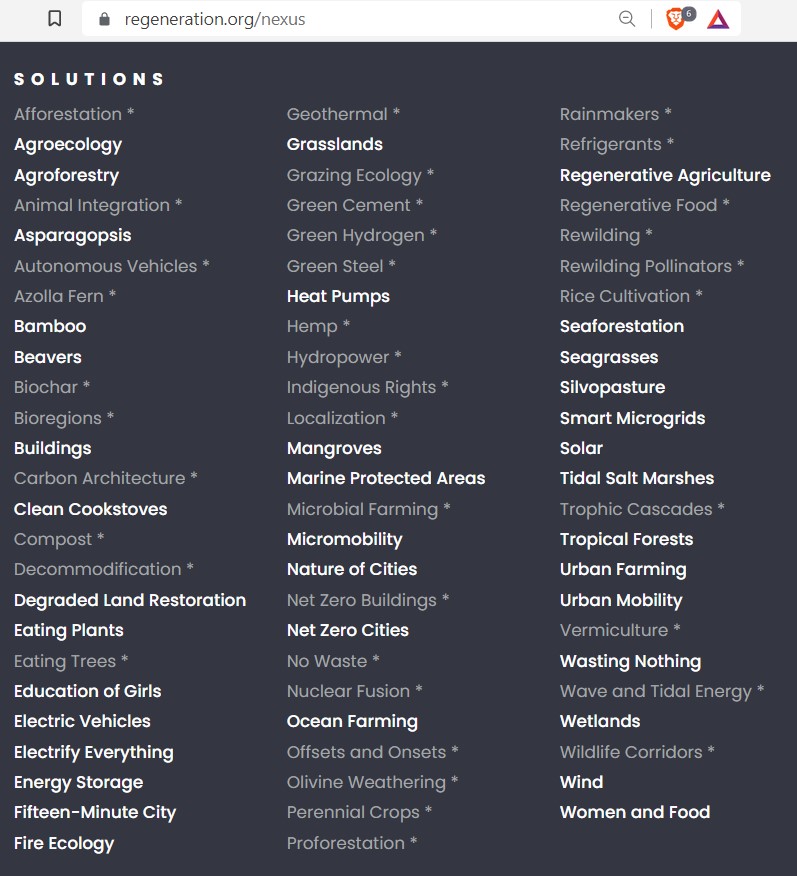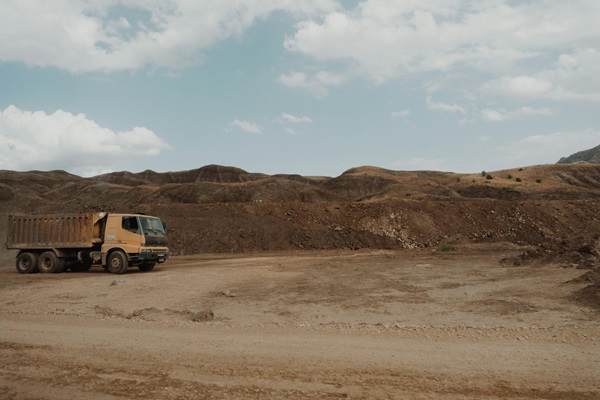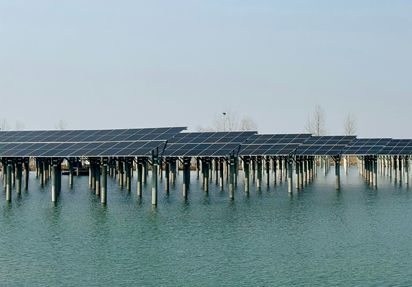Leigh Baker | March 14, 2022
Just recently I read yet another article on “what individuals can do about global warming”.
It was – to say the least – underwhelming. There was nothing in it that was really WRONG in it’s information – but it was boring. It was limited to “be a frugal consumer and lobby the government”. Things we’ve been told since (at least) the 1990s.
It didn’t say anything about the systems changes we could be part of accelerating – as employees, as entrepreneurs, as students, as community members…
It was a research-based list – but it didn’t reflect the compounding effects of today’s wealth of win/win/win climate solutions that multiply each others’ impacts, creating cascades of environmental, community and financial benefits. That compounding means that there is no such thing as an “insignificant” solution.
Before you dive into someone else’s “shoulds”, it’s worth making a bit of time to find out what the full set of solutions includes, and ALSO to find what’s sustainable for you – because what’s sustainable for you is what you get passionate about it:
“If I tell you what you ‘SHOULD’ do about climate change – you should RUN!
Paul Hawken, founder of Project Drawdown (2014) and Project Regeneration (2021)
Do what lights YOU up! Do what turns YOU on!
Once you’ve done what you can with the basics – here are some other ideas from the solutions experts.
You could build a social enterprise around the climate solution of your choice
In developing a regenerative business blog and a regenerative solutions podcast, I’ve talked to “citizen entrepreneurs” doing a whole range of things, including:
- Super-insulating social housing in Perth.
- Using mycellium to grow a polystyrene replacement from agricultural waste.
- Creating a coffee roasting enterprise that regenerates Ugandan forests and traditional communities.
- Rural Australian regions creating energy independence.
So if you’re an entrepreneurial thinker, the possibilities are broader than you may know.
But if you don’t want to run your own enterprise, you could create a climate solutions career.
You could build a whole career of being a climate solutionist
If you’re looking for a new job, then there are a range of possibilities:
- Know where the key opportunities lie by keeping up with Project Drawdown’s review of the commercial climate solutions already scaling.
- Check climate and environmental job boards regularly – try Climatebase as one example.
- Turn your current job into a climate job with resources like Work For Climate and Project Drawdown’s guide to Climate Solutions at Work
But even if that’s not your thing, you still have a surprisingly broad range of options.

What else can you do?
Back in 2014, veteran climate solutionist Paul Hawken started Project Drawdown – to find out whether “we have the technology” to solve global warming.
In 2021, Hawken launched Project Regeneration – a nexus for enabling climate action for individuals, groups, SMEs and corporations (amongst others).
Below are just a few of the Project Regeneration suggestions for individuals interested in more that “consume less and lobby your government”.
Agroforestry
Grow a forest garden or food forest at home. Organize your garden to grow like a forest. The idea was introduced by Robert Hart in his book Forest Gardening. In a traditional garden, plants and trees are kept separate, but in a forest garden are combined in a manner resembling nature.
Buildings
Contact your landlord or property manager to discuss a building retrofit. If you are renting a property to live or work in, consider contacting your landlord or property manager to speak with them about the possibilities of undertaking a retrofit. If you are about to sign a new lease, consider asking your landlord about the current energy efficiency of the property. Here are some questions that can guide a conversation.
Degraded land restoration
Join a restoration network. Scientists, activists, landowners, and others can join networks such as Restor, which serve as hubs for efforts around the world, connecting practitioners with research data, funding, and contacts.
Eat more diverse foods
Consumers have contributed to the loss of food diversity by focusing their food purchases on a narrow range of easy-to-buy and easy-to-cook staples (pushed by large food companies), rejecting crops and foods that are unfamiliar or viewed negatively for social or cultural reasons. There are more than ten thousand varieties of tomatoes, including thousands of heirloom species, but consumers prefer just a few types. Deliberately select more diverse foods, whether at a grocery store, restaurant, or farmers’ market.
Share an EV
Join an electric-car-sharing service. You don’t need to own an EV to start driving one. Electric-car-sharing services offer the option to rent an EV by the minute, hour, or day so you can pay for it only when you need it. These services are significantly more affordable than purchasing an EV, opening the door for many more drivers to access personal electric transport. One shared car can replace more than four privately owned vehicles—helping reduce the total number of cars on the road.
Become a local placemaker
Placemaking is both an idea and approach to strengthening the relationships between people and the places they share. Centering community-based participation, effective placemaking strengthens the community’s assets and enhances public spaces for health, happiness, and well-being.
Support the renewal of Indigenous fire stewardship
The suppression of Indigenous fire wisdom and practices has deeply harmed Indigenous communities and culture. Now that fire managers around the world are beginning to recognize the benefits of fire, they are looking to Indigenous leaders to bring ancient wisdom back into practice.
Restore grasslands
Become a Master Naturalist with an emphasis on grassland and savannah ecology and restoration.
Buy products that support the protection, management, and restoration of grasslands. Farmers and ranchers, often in partnership with conservation organizations, have implemented marketing campaigns that promote their regenerative agricultural practices, many linked to grasslands. Purchasing these products supports the farm or ranch and encourages others to adopt similar conservation programs on their land.
Visit marine protected areas
Participate in responsible ecotourism and travel to Marine Protected Areas. Marine ecotourism allows visitors from around the globe to admire vibrant and healthy marine wildlife in MPAs. Visiting MPAs provides a livelihood for communities looking after them and ensures their sustainable future.
Maximise your micromobility
Cycling and other micromobility devices are the cleanest ways to move within a city, and positively impact health, air quality, road safety, and greenhouse gas emissions.
Embed nature in cities
Take action in your own city or town to protect and increase permeable and green surfaces, remove pavement, and put in plants and trees. Transform a vacant lot, median, alley, or rooftop you have access to, or join a local group taking such actions.
Plant to intentionally maximize biodiversity, support pollinators, and create habitat for endangered species. Research the native pollinators and wildlife in danger of extinction in your area and learn ways to design plantings that specifically benefit them… Here’s how to cultivate a Miyawaki forest, which grows ten times faster, is thirty times more dense, and one hundred times more biodiverse than a conventionally planted tree lot.
Become a seaweed farmer
There has been an explosion of interest among individuals recently in farming seaweed, especially alongside bivalves like mussels and oysters.
Invest in ocean farming
There are a number of companies, from tiny start-ups to major players, that are seeking investments to improve the way we use ocean resources.
Support regenerative agriculture
Buy food and other items produced by regenerative agriculture. Farmers and ranchers have implemented campaigns that promote their products and practices. Purchasing these products supports the agricultural enterprise and encourages others to adopt similar practices.
Invest in seaweed
Buy Kelp Coin – a unique financial instrument for supporting seaforestation. It is a tradable, blockchain-backed security token that represents a forward contract for a ton of kelp in the ocean. The idea is that the buyer of a token in 2022 (current price, $175) would be assured that within forty-eight months of the year of purchase, the Marine Permaculture Alliance will see to it that an extra ton of kelp will be stored safely away in the ocean depths as a carbon onset.
Bring a microgrid to your community
Microgrids can support a wide range of community needs—from backup power for emergency services to daily electricity for affordable housing. Start here to learn what it might take to establish a microgrid where you live and work.
Reduce your food waste
Check the temperature setting of your fridge. Use a thermometer to check that your refrigerator is set at 40°F/ 4°C or below. The temperature of your freezer should be 0°F/ -12°C or below in order to maximize the shelf life of your products.
Use food-sharing apps that connect with your local community to either donate or receive food.
This is just a sample – and there are more emerging all the time…
As I write this in March 2022, Project Drawdown has announced that their 2022 Review of evidence-based climate solutions will include another 11 solutions – upping their total from 82 to 93.
Over at Project Regeneration their solutions lists are a growing work in progress – so keep watching their Nexus for additional action lists for individuals, communities, SMEs, corporations and others.
Don’t let your climate solutions options be limited by what “everybody knows”.








